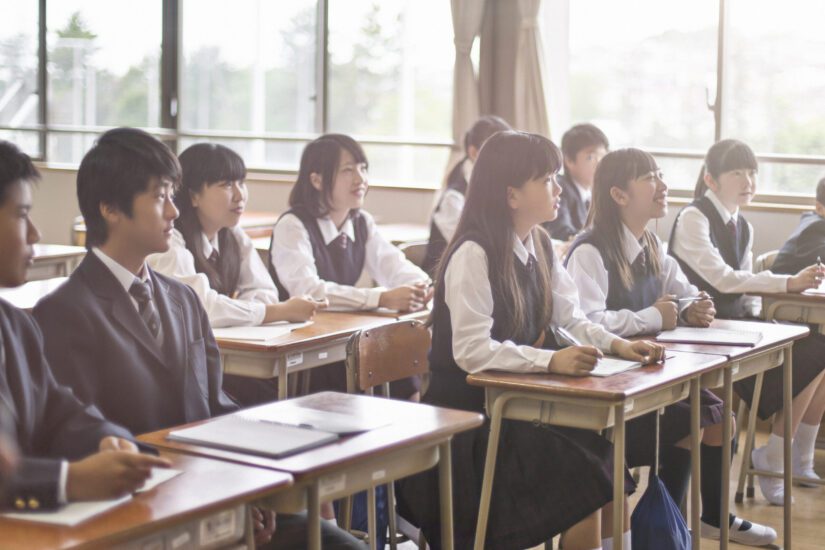Ever since Common Core was introduced in the United States, school boards and administrators have been desperate to find new ways to raise the learning levels of their students, especially in math. Delegations have been sent around the world, particularly in countries that rank high on the global educational rankings. Among these places is Japan, whose students reliably are rated among the highest-scoring math students on earth.
According to a recent story in a Japanese publication, the visiting American educators were particularly interested in the Japanese sansu method of teaching mathematics. This approach emphasizes the comprehension of underlying concepts rather than pushing memorization of formulae. In Japan they engage students through hatsumon, which translates as questions addressing a concept. In other words, students aren’t simply given worksheets to tackle, but are shown the broader meaning of the work, emphasizing real-world examples. The goal is to make math instruction as hands-on and participatory as possible.
The teaching approach is backed up by a practice known as jugyokenkyu, or lesson study. In this method, teachers practice their lessons before a class containing students, other teachers and at least one university professor. That audience then provides feedback on the lesson — a valuable tool that can only help to improve any lesson plan. In Japan, teachers are given a great deal of support and encouragement to ensure they’re at their best, whether it’s implementing the existing pedagogy or adapting to new ones.
Visiting American educators, however, are sometimes met with a piece of information that can be shocking: these successful math education strategies were not developed in Japan but in the United States. You see, back in the 1980s, the National Council of Teachers of Mathematics in the US developed a new set of strategies for improving mathematics education. They pushed for its adoption, but all attempts failed and the effort was forgotten. In Japan, however, educators were mighty impressed and proceeded to introduce it to their own schools. That’s right, this Japanese teaching method admired worldwide was born in the good old US of A.
Love it or hate it, Common Core is pushing educators to embrace change. Perhaps this drive will tap into the American genius for innovation and lead schools and students to new heights of success. The talent is certainly there.


